In the past few years, the economic condition of many of our patients has changed, thus limiting their options when making dental treatment choices. In situations where lab-processed restorations may be the optimal long-term option, patients may be forced to choose dentistry that will transition them, not only spreading out treatment over a longer period of time, but choosing restorations that require less immediate cost.
For many of us practicing dentists, this can include our family and friends.
In my practice, I have always developed patient-friendly choices both for financing as well as the treatment offered. We use digital X-rays and photographs to triage and explain treatment needs and solutions, encouraging our patients to be involved with treatment decisions.
embedImagecenter("Imagecenter_1_313",313, "large");
There is little doubt that today’s porcelain crowns offer maximized esthetics for the longest period of time. However, these types of restorations, especially when multiple teeth are involved, may be beyond a patient’s ability to pay.
Recognizing that a current financial limitation can be temporary should be considered when charting a path that hopefully assists a patient in keeping his or her teeth for a lifetime in comfort.
Our ability to offer different treatment options to solve the same clinical condition can be a tremendous service to our patients and creates some of our most satisfying success stories.
In that regard, I am sharing in this article two situations that I encountered where the need for restorations was immediate and yet the patients were financially limited as to how much they could afford.
In my practice, nanohybrid composites are my preferred restorative materials of choice when creating alternatives to lab-processed porcelain. These restorations can be sculpted in a way that minimizes the amount of tooth structure removed while providing durable long-term success when done with bonding agents and techniques that maximize adhesion.
The following cases offer insight into how we use these materials to offer treatment alternatives that patients enthusiastically accept in that they minimize tooth removal and reduce immediate costs.
Case No. 1
Often in orthodontics, tooth shapes can present challenges in achieving optimal results. Some conditions may require restorative as well as orthodontic treatment to complete.
In this case, we were presented with a challenge that many of us encounter routinely in practice: peg-shaped lateral incisors with very pointed cuspids.
Figure 1 shows the patient in mid treatment for orthodontics with the upper cuspid rotated past 90 degrees.
The orthodontist corrected the rotation and created appropriate spacing on each side of the peg laterals to facilitate optimal tooth shapes during reconstruction.
When dealing with peg laterals, it is my preference that 60 percent of the space be orthodontically positioned on the mesial of the lateral incisor and 40 percent on the distal.
This allows the shaping of the lateral incisor to have proper mesial canting in appearance. Figure 2 shows the final condition after braces were removed.
At this point, I would ask you to consider what options you would offer for a similar case in your practice. In my opinion, it was necessary to address not only the peg laterals and spacing, but the shape of the cuspids.
Prescribing multiple porcelain restorations was not only financially unrealistic for the patient, but also required considerable removal of sound tooth structure. Our initial treatment was to use take-home bleaching to lighten the tooth color to a “realistic to maintain” B1 range.
It is my belief, based on what I see clinically at recalls of treatment we have previously provided, that nanohybrid direct composite restorations offer durable outcomes while removing minimal tooth structure.
In my practice, Kerr Premise, Herculite Ultra and Cosmedent Nano are materials of choice that sculpt nicely, blend easily and maintain a gloss polish at recall that maximizes appearance while minimizing plaque retention
I am convinced that it is crucial to use bonding agents that maximize etching and sealing of enamel. For that reason, I continue to use etch/rinse multi-bottle systems that allow proper application and drying of primers to eliminate solvents and minimize sensitivity.
I believe proper enamel sealing and adhesion is a critical component of durable adhesive restorations and an important barrier in protecting the underlying dentin.
This case required no tooth removal. For many patients, conserving tooth structure makes direct composite dentistry very appealing. Treatment was completed with one shade of nanohybrid.
The relaxed posture of the smile, shown at completion of treatment in Figure 3, indicates the patient was comfortable with her appearance. For this patient, the outcome was life changing.
Follow-up photos taken at one year postop shown in Figures 4 and 5 show close-up views of the completed restorations exhibiting a retained polish and esthetics that can be typical and predictable with nanohybrid composites.
Case No. 2
In my practice, I am seeing more patients with decay that I believe to be related to taking or abusing medications that dry the mouth in combination with high sugar intake.
We as dentists have recognized for a long time the implications of reduced salivary flow in increasing caries as related to radiation treatment and have become more aware in recent years of similar clinical conditions related to medications that cause decreased salivary output.
Figure 6 shows our patient with decay that was limited to facial areas yet quite severe. Her history indicated using medications that decrease salivary output while drinking an excessive amount of sugary drinks.
Although the preparation to remove decay was extensive, as shown in Figure 7, much more tooth structure was retained by doing direct nanohybrid restorations as compared with preparations for lab-processed restorations.
Gingival hemorrhaging from tissue contouring was quickly arrested with Ultradent Astringedent X, followed by cleaning the remaining residue with Ultradent Consepsis. I have found no matrix system to compare to the Greater Curve band for doing these types of whole tooth composites. Figure 8 shows how we positioned the matrix in a way that a gingival seal was achieved and a perimeter created to mold the composite.
The case was completed with a rinse/etch multi bottle bonding system and a single shade A3.5 of nanohybrid composite. The final picture in Figure 9 shows restorations that blend seamlessly with the teeth and are natural in appearance.
With this treatment, the patient was offered a final chance to save her teeth. We discussed at length the dietary changes and maintenance requirements that would offer the best long-term clinical outcome.
Conclusion
Direct bonding with nanohybrid composites create exciting opportunities in our practices to offer multiple treatment options that are extremely predictable when done with products and techniques that maximize adhesion and prevent microleakage.
Patients appreciate the cost savings, conservation of tooth structure and immediate esthetic improvements.
Helping patients through challenging financial times with multiple treatment options that match their financial condition can create the kind of trust that creates patients for life. For me, this adds to the enjoyment of practicing dentistry. Happy bonding!
About the author
Bruce J. LeBlanc, DDS, offers adhesive and cosmetic solutions that minimize tooth removal. He is president of the F. Harold Wirth Foundation established at LSU School of Dentistry to enhance the dentist patient relationship and the enjoyment of practicing dentistry. LeBlanc may be reached via e-mail at bjleb@cox.net.
Editorial note: This article was originally published in Cosmetic Tribune Vol. 4 No. 6, June 2011.
I graduated from dental school in 1977. At that time, adhesive dental options were just beginning to emerge. Caulk Nuvafil was the first light-cured ...
LEIPZIG, Germany: Next week, a cosmetic surgeon will be holding a live webinar on a treatment alternative for the molar socket, including immediate implant ...
CHICAGO, Ill., USA: Washington, D.C., is the site for the annual scientific meeting of the American Academy of Implant Dentistry, from Oct. 3-6. This year, ...
BOSTON, Mass., USA: The 2015 Yankee Dental Conference 40th year celebration, Jan. 29 through Feb. 1, at the Boston Convention & Exhibition Center, will ...
A 72-year-old female patient complained of a loose lower denture that was painful to wear and chew with. A routine examination revealed a pronounced lack of...
The aetiology of external cervical root resorption remains unclear, and it is probably a multifactorial problem, causing dentine exposure to the oral cavity...
In order to continue thriving in an increasingly competitive market, modern dental practices can no longer rely on standard, often outdated treatment ...
NEW YORK, US: Although silver diamine fluoride remains an effective non-invasive option for treating caries, its characteristic black staining is a major ...
While the demand for esthetically pleasing composite restorations that also mimic the natural dentition is rising, there is a similar growth in the desire ...
Pulpal exposures are unfortunately a routine occurrence when treating carious teeth and frequently lead to endodontic treatment owing to the size of the ...
Live webinar
Wed. 14 January 2026
12:00 PM EST (New York)
Dr. Théo Laplane, Dr. Robert Gottlander DDS
Live webinar
Fri. 16 January 2026
12:00 PM EST (New York)
Live webinar
Mon. 19 January 2026
1:00 PM EST (New York)
Philipp Kopp, Michael Seeber
Live webinar
Thu. 22 January 2026
9:00 AM EST (New York)
Prof. Judith Jones D.D.S; M.P.H., Prof. Kakuhiro Fukai D.D.S., Ph.D, Dr. Bathsheba (Bethy) Turton
Live webinar
Thu. 22 January 2026
2:00 PM EST (New York)
Dr. Nicola M. Grande DDS, PhD
Live webinar
Wed. 28 January 2026
8:00 AM EST (New York)
Live webinar
Wed. 28 January 2026
11:00 AM EST (New York)
Prof. Dr. Jan-Frederik Güth



 Austria / Österreich
Austria / Österreich
 Bosnia and Herzegovina / Босна и Херцеговина
Bosnia and Herzegovina / Босна и Херцеговина
 Bulgaria / България
Bulgaria / България
 Croatia / Hrvatska
Croatia / Hrvatska
 Czech Republic & Slovakia / Česká republika & Slovensko
Czech Republic & Slovakia / Česká republika & Slovensko
 France / France
France / France
 Germany / Deutschland
Germany / Deutschland
 Greece / ΕΛΛΑΔΑ
Greece / ΕΛΛΑΔΑ
 Hungary / Hungary
Hungary / Hungary
 Italy / Italia
Italy / Italia
 Netherlands / Nederland
Netherlands / Nederland
 Nordic / Nordic
Nordic / Nordic
 Poland / Polska
Poland / Polska
 Portugal / Portugal
Portugal / Portugal
 Romania & Moldova / România & Moldova
Romania & Moldova / România & Moldova
 Slovenia / Slovenija
Slovenia / Slovenija
 Serbia & Montenegro / Србија и Црна Гора
Serbia & Montenegro / Србија и Црна Гора
 Spain / España
Spain / España
 Switzerland / Schweiz
Switzerland / Schweiz
 Turkey / Türkiye
Turkey / Türkiye
 UK & Ireland / UK & Ireland
UK & Ireland / UK & Ireland
 International / International
International / International
 Brazil / Brasil
Brazil / Brasil
 Canada / Canada
Canada / Canada
 Latin America / Latinoamérica
Latin America / Latinoamérica
 China / 中国
China / 中国
 India / भारत गणराज्य
India / भारत गणराज्य
 Pakistan / Pākistān
Pakistan / Pākistān
 Vietnam / Việt Nam
Vietnam / Việt Nam
 ASEAN / ASEAN
ASEAN / ASEAN
 Israel / מְדִינַת יִשְׂרָאֵל
Israel / מְדִינַת יִשְׂרָאֵל
 Algeria, Morocco & Tunisia / الجزائر والمغرب وتونس
Algeria, Morocco & Tunisia / الجزائر والمغرب وتونس
 Middle East / Middle East
Middle East / Middle East






























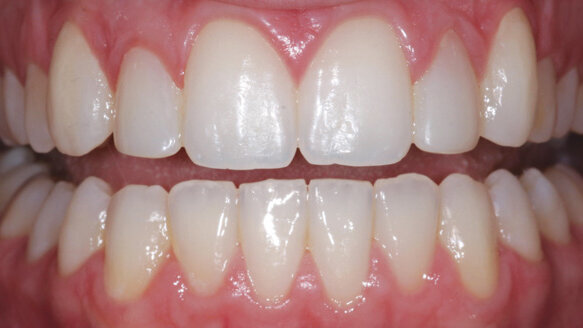



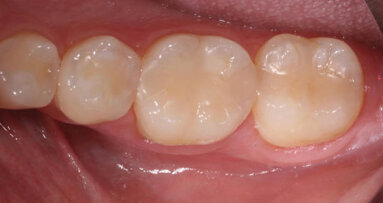


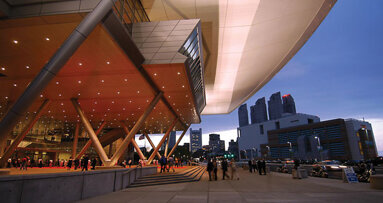
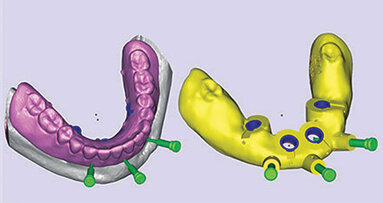
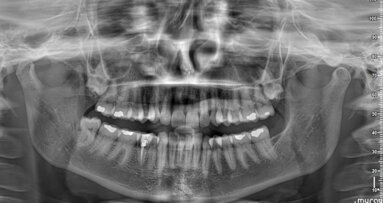

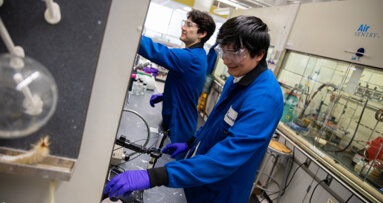
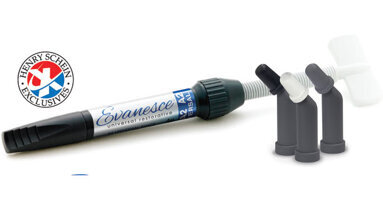
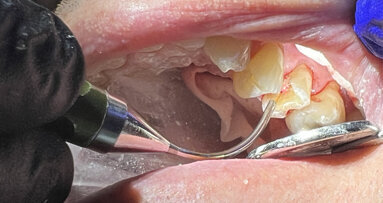

















To post a reply please login or register